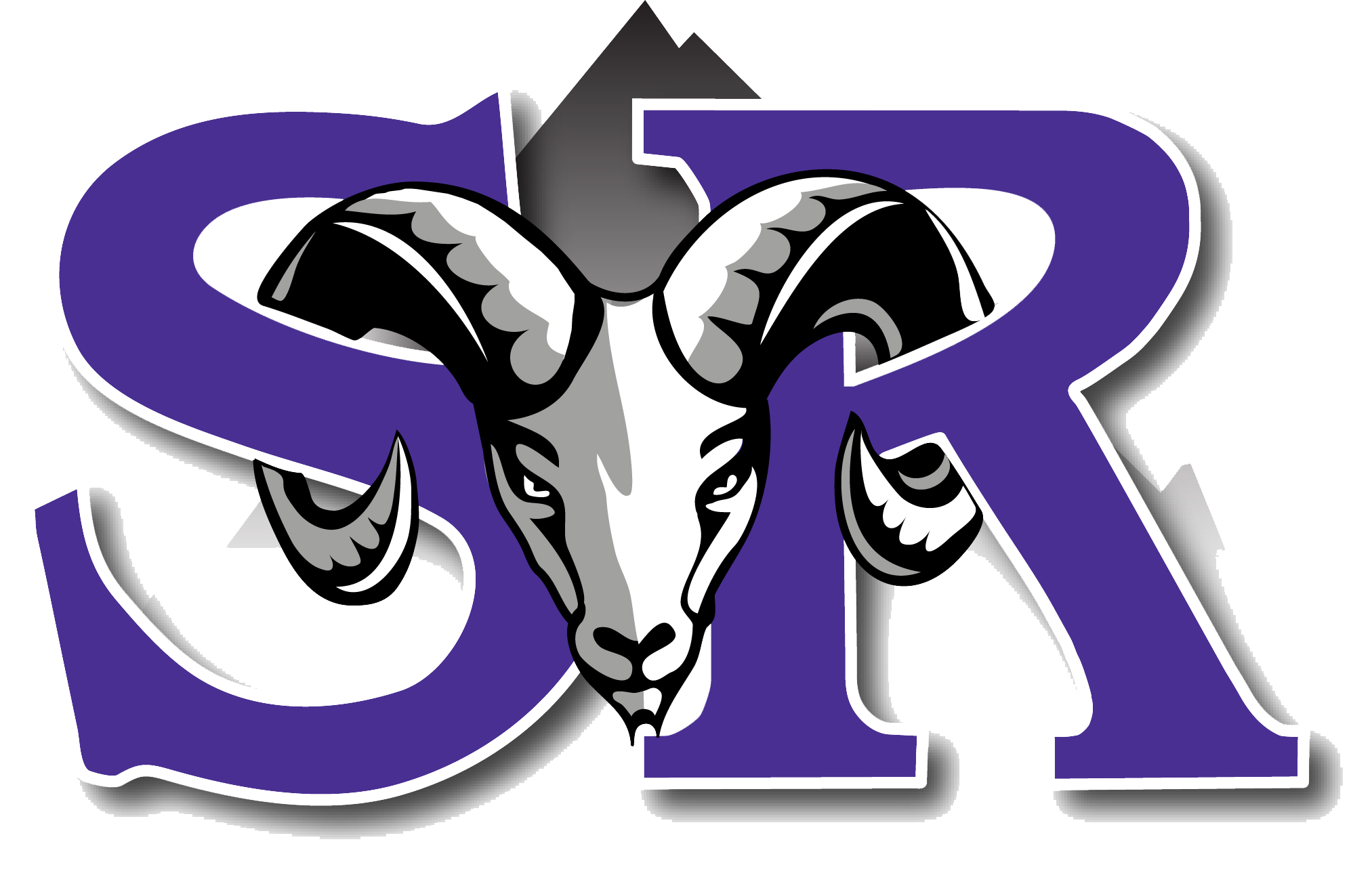
|
Mrs. Hulstrom |
Typing.com
(Join Class through Google Classroom)
Tynker Online Support Video Help
Code HS
Karel the Dog class code: 1251
301 Show and Hide (6):
Introduction
In this lesson, students will learn how to show and hide Actors using conditionals. Coding concepts covered in this lesson include: When Event Occurs, Costume #/Name, and Operators.Objectives
Students will...- Use conditionals to create projects and games
- Use code blocks to solve a puzzle module
1. Concepts (Video)
- Bert, the wizard, introduces three coding concepts:
- When Event Occurs- The “when event occurs” event block triggers when the condition specified in the parameter is true.
- Costume #/Name- The “costume #” block represents which costume an Actor is currently using as a number. Whereas, the “costume name” block represents the entire name of the current costume.
- Operators- Students will learn how operators can be used to check for a specific costume name.
- In this DIY (do-it-yourself) project, students will follow step-by-step directions to program a wizard to fire a fireball that makes a ghost disappear on impact.
- Tell students that they will improve their project in the next module.
- In this DIY project, students will expand on their previous project by adding game elements that work with costumes.
- Did students finish early? Tell them to use the example code in “Step 3” of the tutorial to make the ghost look like it’s avoiding more fireballs.
- To solve this puzzle module, students will need to program three ghost Actors to hide when their costumes are set to “ghost 1” and they are hit with a fireball.
- Give a hint: Tell students to place the “operator” code block in the white space (where it says “false”) of the “if-then” code block. For example:
5. Wizard vs. Zombies Game (DIY)
- In this DIY project, students will create a game where a wizard fights off zombies! Point out to your students that the “Tutorial” tab does not provide code blocks--they’ll need to use code blocks from the “Blocks” tab.
- Activities include customizing the background and Actors, programming the wizard and zombies to move, and using the “when occurs” code block to add game rules.
- Are students getting stuck? Tell them to use code from previous modules as a resource.
U.S. Standards
- K-12 CTSA Computer Science Standards (Revised 2017)
Computer Science Teachers Association:- 1B-AP-10
- 1B-AP-11
- 1B-AP-12
- 1B-AP-15
- 2-AP-12
- 2-AP-13
- 2-AP-15
- 2-AP-16
- 2-AP-17
- CCSS-ELA: RF.5.4.A, 6-8.RST.3, 6-8.RST.4, 6-8.RST.7
- CS CA: 3-5.AP.10, 3-5.AP.12, 3-5.AP.13, 3-5.AP.14, 3-5.AP.17, 6-8.AP.12, 6-8.AP.13, 6-8.AP.16, 6-8.AP.17
- ISTE: 1.c, 1.d, 4.d, 5.c, 5.d, 6.b
Quarter 1 Class Codes 2020-2021
are all located inside your Schoology account!
12551 Holly Street
Thornton, Colorado 80241
720-972-5040